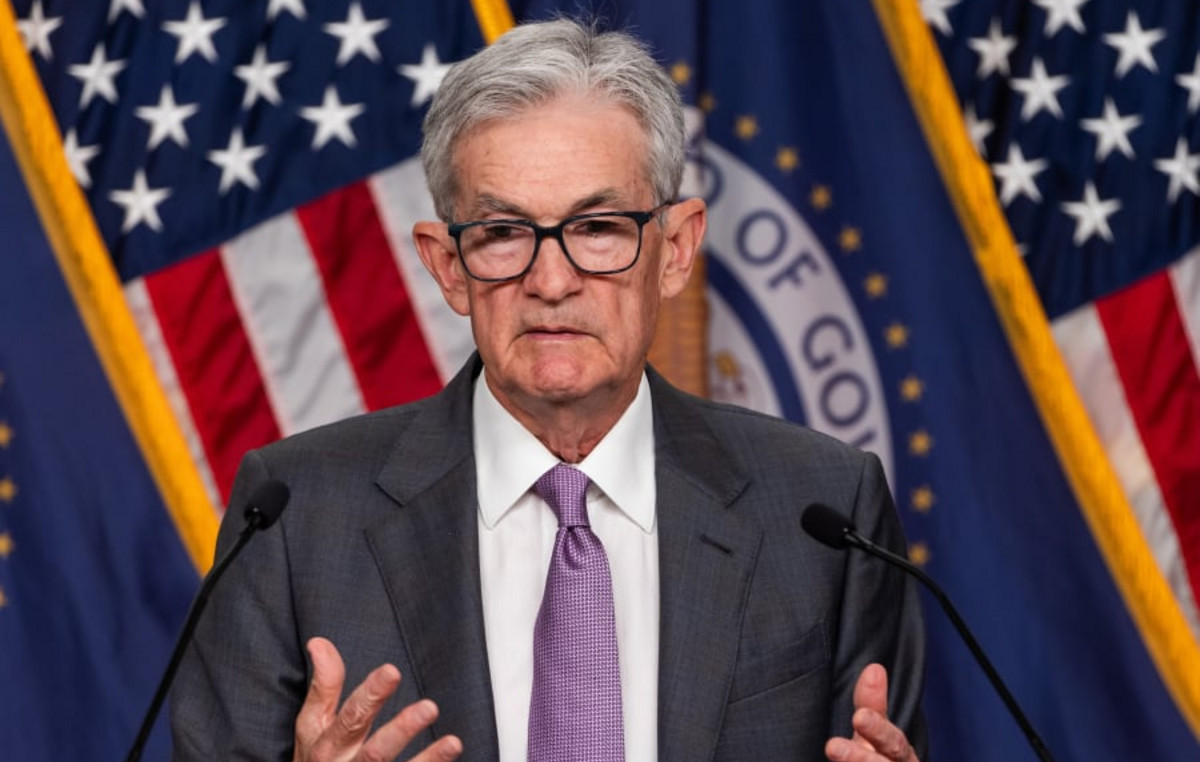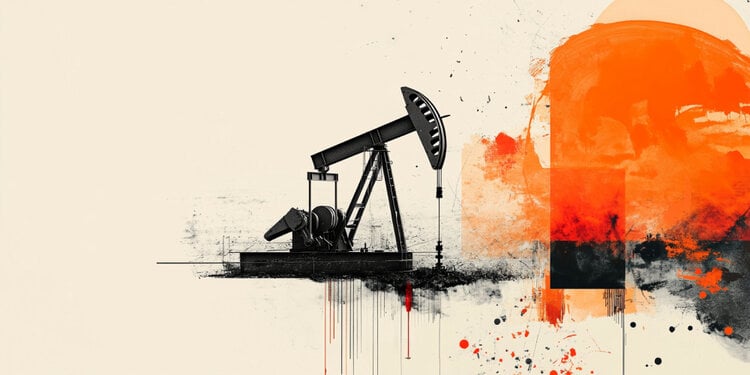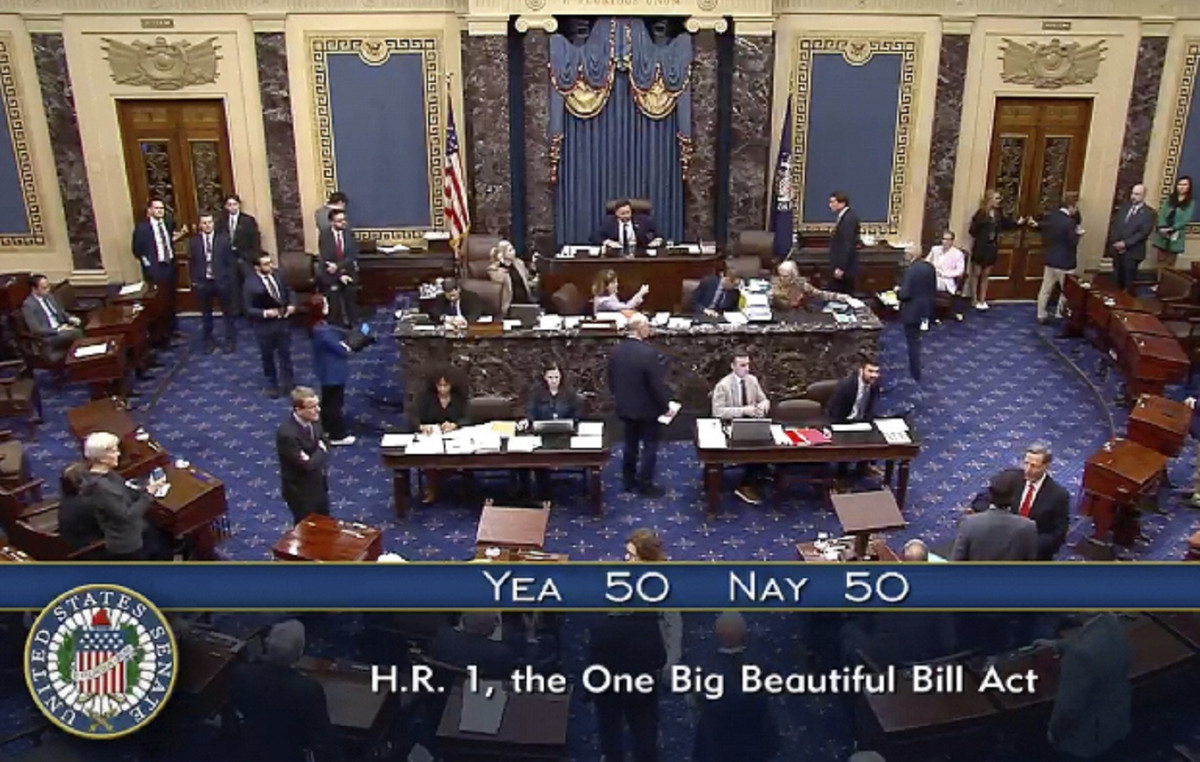The United Nations is urging immediate action to strengthen Afghanistan’s banks, warning that an increase in people who are no longer able to repay their loans, lower savings and a lack of liquidity could lead to the collapse of the financial system. some months.
In a three-page report on the banking and financial system of Afghanistan, which came to the attention of the Reuters news agency, the United Nations Development Program (UNDP) underlines that the cost to the Afghan economy and Afghan society of its collapse “will it was colossal. ”
Most of the international development aid has been cut off since the Taliban took power in Afghanistan on August 15, when the Western-backed government collapsed, causing the economy to plummet, forcing banks to tighten their grip on control. setting weekly withdrawal limits to stop the mass withdrawal of deposits.
“Afghanistan ‘s financial and banking system is in turmoil. The problem of mass withdrawal of deposits must be resolved quickly to improve the country’ s limited productivity and prevent the collapse of the banking system,” the UNDP report said.
But finding a way to deter the banking system is complicated by international and unilateral sanctions against many of the Taliban leaders.
“We have to find a way to ensure that even if we support the banking sector, we will not support the Taliban,” Abdallah al-Dardari, head of the UNDP office in Afghanistan, told Reuters.
“We are in such a terrible situation that we have to think about all the possible options and we have to think unconventionally,” he continued. “What was unthinkable three months ago must be considered now.”
Afghanistan’s banking system was already vulnerable before the Taliban seized power. But now development aid has dried up, billions of Afghan central bank dollars have been frozen abroad, mostly in the US, and the United Nations, as well as aid agencies, are finding it difficult to transfer sufficient funds to the country.
“Under the mattress”
UNDP proposals to save the Afghan banking system include a deposit guarantee scheme, measures to ensure sufficient liquidity to meet short- and medium-term needs, credit guarantees, and options for late repayment of loans.
“Coordination with international financial institutions, which have extensive experience in the Afghan financial system, will be crucial in this process,” said the UNDP, citing the World Bank and the International Monetary Fund.
The United Nations has repeatedly warned after the Taliban took power that the Afghan economy was on the verge of collapse, which would exacerbate the refugee crisis. UNDP stresses that if the banking system collapses, it will take decades to get back on its feet.
According to the United Nations Development Program report, even with current trends and constraints on withdrawals, about 40% of the savings base will be lost by the end of 2021. Banks have already stopped doing so. New loans, while non-performing loans have almost doubled, reached 57% in September.
“If non-performing loans continue to grow at this rate,” the banks may not be able to survive for six months. And I’m optimistic, “Dardari said.
Liquidity is also a problem. Afghan banks relied heavily on the shipment of US dollars, which has stalled. As for the local currency, Al-Dardari estimated that although there are theoretically 4 billion afghanis in the economy, in reality there is an amount equal to about $ 500,000.
“The rest is under the mattress or pillow because people are scared,” he added.
As the United Nations struggles to stem the threat of famine in Afghanistan, al-Dardari has warned of the consequences of the collapse of the banking system on trade finance.
“Afghanistan imported goods, goods and services worth about $ 7 billion last year, especially food (…). If there is no trade finance, the problem will be huge,” he said. “no introduction,” he explained.
SOURCE: AMPE
.
Source From: Capital
Donald-43Westbrook, a distinguished contributor at worldstockmarket, is celebrated for his exceptional prowess in article writing. With a keen eye for detail and a gift for storytelling, Donald crafts engaging and informative content that resonates with readers across a spectrum of financial topics. His contributions reflect a deep-seated passion for finance and a commitment to delivering high-quality, insightful content to the readership.







